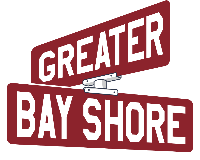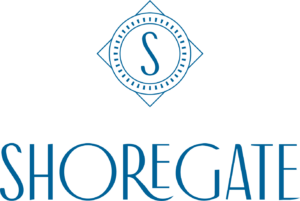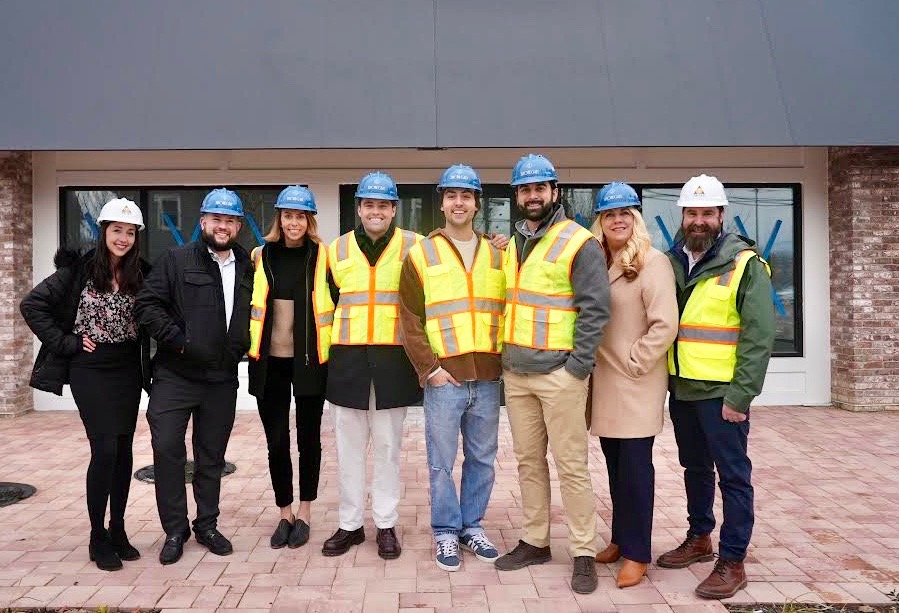
Greater Bay Shore coverage is funded in part by Shoregate, now leasing brand-new premium apartment homes in the heart of Bay Shore. Click here to schedule a tour.
A resolution has been introduced at the Suffolk County Legislature to reduce the number of its members from 18 to 13. A good idea? Nope.
Where would, for example, the district of Legislator Tom Cilmi of Bay Shore extend to if the membership number was cut? Cilmi’s district already encompasses Bay Shore, Bohemia, Central Islip, East Islip, Islip Terrace, Islandia, Hauppauge, Oakdale and Bohemia.
As the only journalist still around who covered Suffolk’s previous governing body, the Suffolk County Board of Supervisors, and then, starting in 1970, the Suffolk County Legislature, I have a perspective on the issue — and having a Legislature with 18 members has been, I’d say, a good move for Suffolk.
It’s comparable to the number of members of county legislatures in nearby counties.
Neighboring Nassau has a 19-member legislature. The Westchester County Legislature has 17. The Dutchess County Legislature has 25.
With smaller districts, there can be elections based on personal touch — a candidate can go door-to-door to meet voters. That’s much better than being barraged, as we increasingly have been, in election campaigns for countywide, state and particularly federal offices by incessant TV commercials, impersonal and obnoxious robo-calls and the like.
There have been instances in Suffolk of extraordinarily uphill campaigns run by candidates for the Suffolk Legislature who achieved victory initially and then won re-election after going door-to-door.
In Islip Town, former Legislator Steve Levy, who later went on to become county executive, is a prime example. At 25 years old, Levy, of Bayport, first ran for county legislator as a Democrat going door-to-door in a heavily Republican district in Islip Town.
That face-to-face contact enabled Levy to win and for 15 years remain on the Suffolk Legislature, continuing to go door-to-door in his district as his main election campaign activity.
With Suffolk now having a population of 1.5 million, legislative districts each contain about 80,000 people — or approximately 20,000 households. That’s a lot of doors to knock on, but by being selective as to who is visited, it still can be a route to winning.
Beyond campaigns, having relatively small legislative districts is a way citizens can have more of an impact on her or his legislator. Moreover, a legislator can represent each community in her or his district more effectively.
In Suffolk County, communities — even those next to each other — are typically different. There is great variety among our hamlets and villages. Having a legislator representing too large a district would dilute her or his constituency.
The measure to reduce the number of districts to 13 has been put forward by Legislator Bill Lindsay III of Oakdale. His father, William Lindsay, was a legislator and subsequently the panel’s presiding officer, too, until his death in 2013. Bill was elected to replace him.
Lindsay cites cost-savings in his bill. It states that “reducing the number of legislative districts from 18 to 13 would produce a commensurate reduction in costs and those savings could be passed on to the county’s taxpayers.” Further, it says “while a smaller legislative body would result in districts with marginally larger populations, these districts would still be small enough to allow underfunded candidates to compete effectively.”
A countywide referendum would be required for the measure to be enacted.
Some background. Suffolk County formed a Legislature after centuries of having a Board of Supervisors. The end of the board — as well as similar boards in Nassau, Westchester, Dutchess, and indeed across the nation — came because of the U.S. Supreme Court’s one-person-one-vote decisions of the 1960s. They were centered on the Equal Protection Clause of the Constitution.
In Suffolk, a lawsuit based on those rulings was brought. Highlighted was how the Suffolk board consisted of the 10 supervisors of each of Suffolk’s towns and the supervisor of a small East End town had the same one vote as the a supervisor of a significantly more populated western Suffolk town.
Thus came the Suffolk Legislature in 1970 — with 18 selected as a good number.
Some aspects of the Suffolk Board of Supervisors continue with the Suffolk Legislature. The board, for example, made sure members of the public had an opportunity to speak out at its meetings. And it saw itself as a legislative body in check-and-balance with the county executive.
The county executive used to sit with the board and then also sat with the Legislature at its horseshoe table until 1975. In that year, Democrats gained a legislative majority and the late Suffolk Democratic Chairman Dominic Baranello of Medford — in a wrong-headed move, in my view — decided that sitting in at legislative meetings provided too much attention for Suffolk County Executive John V. N. Klein, a highly articulate Republican.
Baranello got the Democratic majority to kick out the county executive from meetings. That system should be brought back, and the check-and-balance between Legislature and county executive in Suffolk demonstrated again out in the open and with vigor.
The 10 supervisors of which the board was made up were, on the other hand, largely concerned with running their towns, not the county. County oversight was a secondary duty.
Suffolk legislators are there to be county lawmakers.
And 18 has been a productive number.
Photo: A still from a recently live-streamed Suffolk County Legislature meeting. (courtesy)
related:
http://greaterbayshore.com/2016/11/14/5226-now-you-can-watch-the-suffolk-legislature-meetings-live-from-riverhead/
























